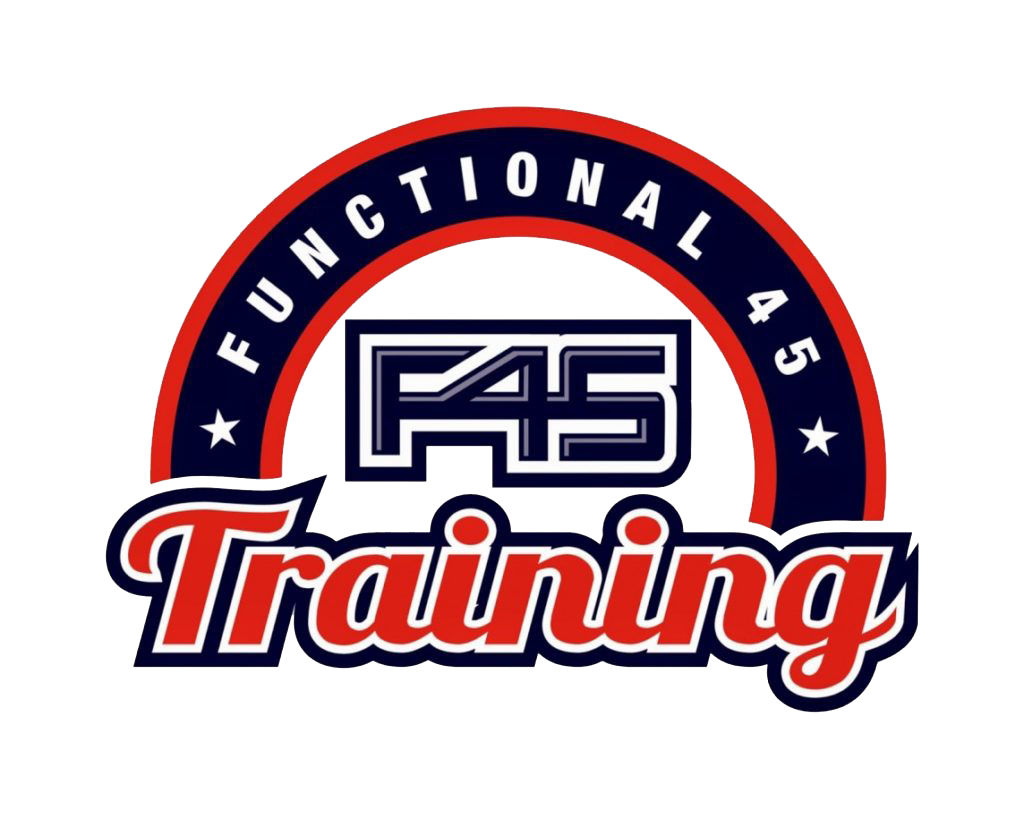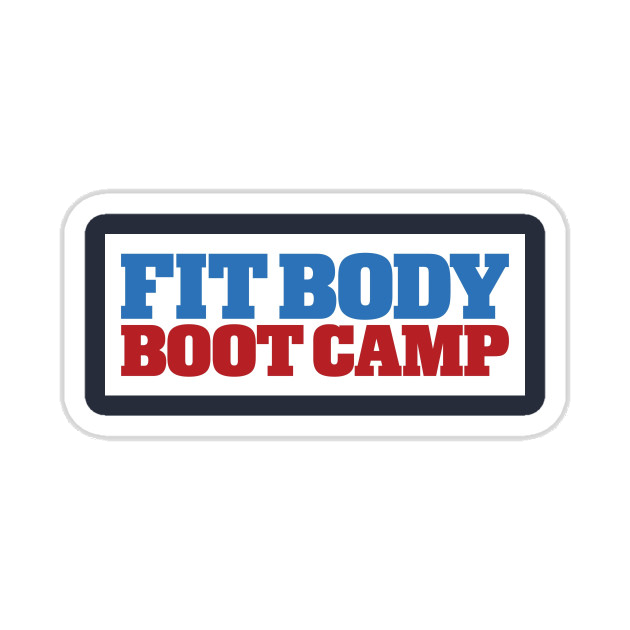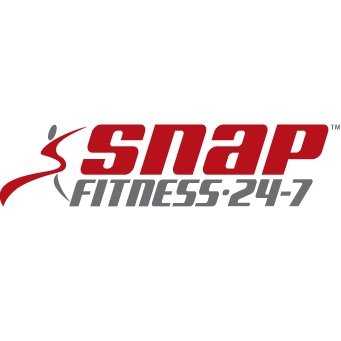Brand Experience








6 Tips For Managing Your Gym Like A Winner
23 September, 2022
Understanding the tips for managing a gym can be challenging for few. But putting in the hard work right from the start means gym owners, staff, and clients and focusing on the actual grunt and muscle work.
As people who’ve owned and managed gym studios, we know what the grind is all about, so we’ve compiled a list of top tips for managing a gym and keep your business in shape.
1. Keep your business on track with a winning business plan
Running a gym can get overwhelming at times. Make sure your business plan outlines a vision that guides you and your staff.
A well-formed plan will:
- Use SMART goals (specific, measurable, achievable, realistic, timely) for clarity.
- Articulate your values and vision.
- Chart a clear roadmap for short and long-term strategy (especially for marketing).
- Provide structure on sales targets, operations, and hiring talent.
Moreover, a good plan should consider potential risks to your business, along with tips for managing a gym, so you can adapt to whatever comes your way.
If you are an established business, revisit your initial business plan and see where you can make the changes to meet the current-day requirements of your members and staff alike.
2. Document your processes and streamline them to stay lean and efficient
Your staff, your gym clients, and you will have a better experience if your system and processes are clear and well-documented.
Some processes include:
- Signing up new members and staff
- Onboarding new gym members and staff
- Scheduling classes and sessions
- Taking payment.
These steps will make sure that your gym management processes optimise business results. Not only that, but everyone working with you will have standard methods to use.
3. Use proper professional gym management software to support your business goals
Professional gym management software is based on real-world research that assists you in staying flexible and allows you and your staff to focus on clients.
Gym management software meets your needs and those of your gym clients well in advance, based on your strategic goals and processes.
A reliable gym management software system can:
- Automate different processes at exactly the right touchpoints
- Monitor activity across other aspects of your business
- Set custom features for specific goals or sales targets.
4. Track your finances to support your budgeting and business development
Xero or QuickBooks, for example, provide detailed information on your money at every stage of its journey; this information can be accessed anywhere, anytime.
Gym management software can be integrated with most online accounting systems. The combination of these data can help you manage your budgets and make business decisions.
5. Nurture your gym client relationships
Gym experiences are unique to each person. Take the time to focus on each member and their journey:
- Mark birthdays with emails containing special offers and/or gifts.
- Send automated text messages to remind them about appointments with personal trainers.
- Invite clients to take part in surveys and referral programs, and find out how you can add value to their lives, at the gym and beyond.
Your plans and processes should include these personal elements. You can automate and personalise almost every part of it to the finest detail, integrating your existing tools and channels.
6. Nurture your gym staff
Staff members represent your business and brand. As employees, they are at the front lines of customer service. Customer satisfaction and client well-being are directly dependent on their experience. Management of gym staff requires being thoughtful and generous with your time and effort.
Make sure you:
- Hire the right people, with cultural fit and capabilities in mind.
- Train them in your processes and values as part of staff onboarding.
- Have clear guidelines on each staff member’s role in and contribution to the business, and what you expect of their behaviour.
- Point back to the gym’s core values, and empower staff to let those guide them in their decision-making.
- Invest in their professional development, and support them in upskilling.
- Provide clear paths to professional development and performance management, with attainable goals and timelines.
- Address work performance issues early, with honesty and transparency.
- Encourage staff to stay on top of trends in the fitness industry and related work responsibilities.
- Provide your staff with the right equipment to do their job, and make occupational health and safety a priority.
- Celebrate the wins, even the smallest ones, and recognise your staff for their good work.
- Listen to your staff. While you can’t always keep an open door, provide training in giving feedback, and encourage them to use the channels they’re comfortable with to raise issues.




